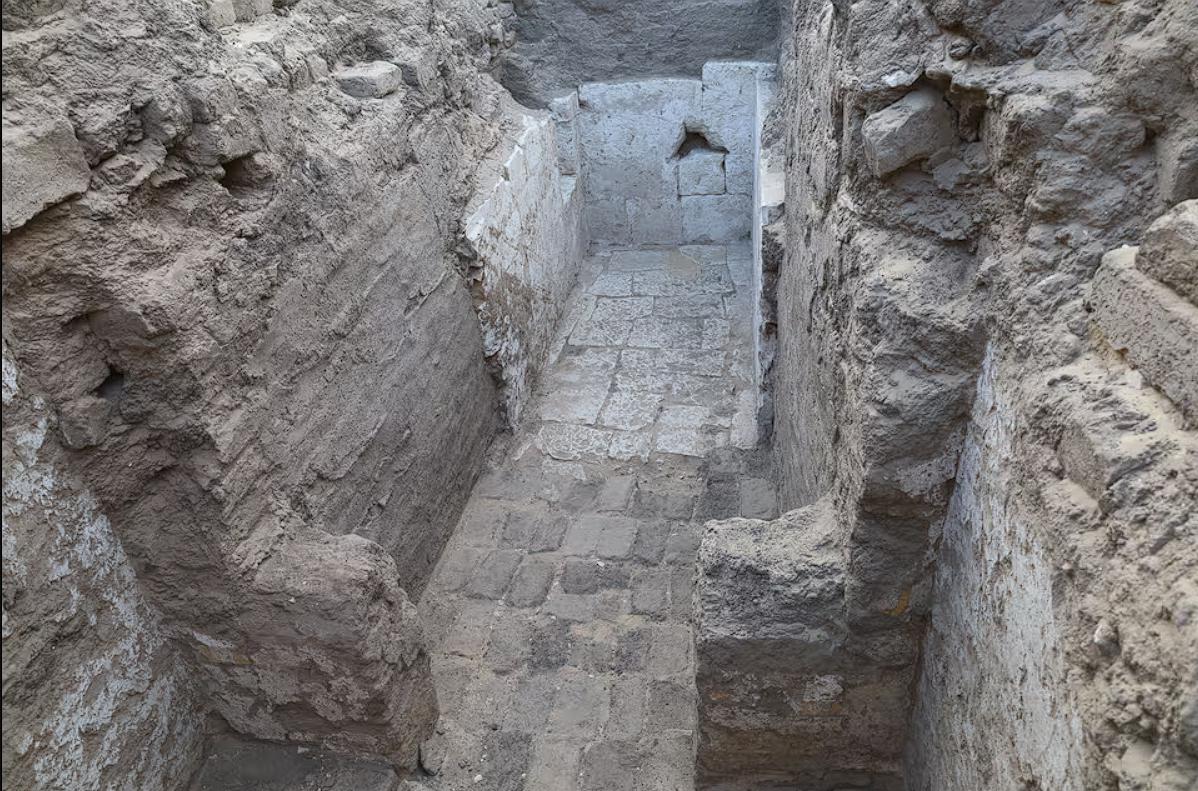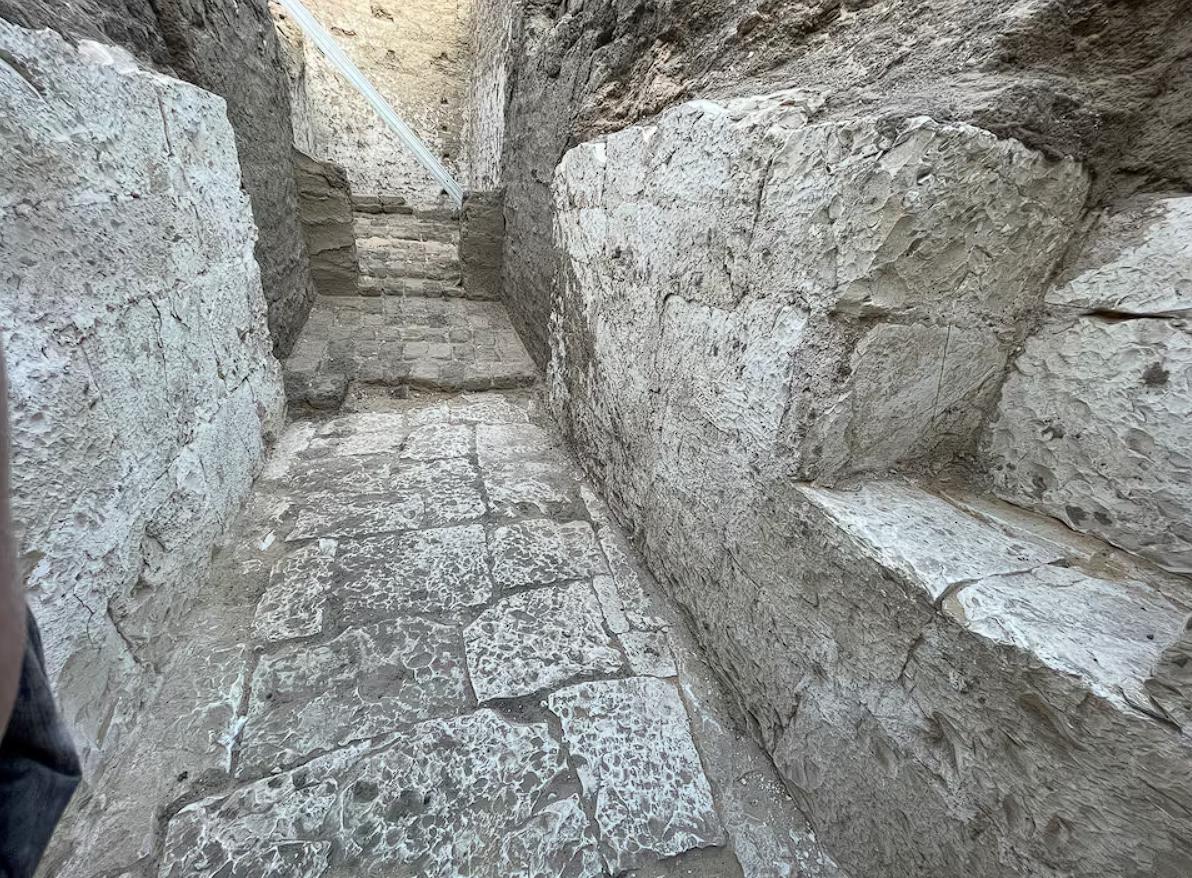The discovery of a massive limestone tomb near Abydos, Egypt, belonging to an unidentified pharaoh from the Second Intermediate Period, has ignited a flurry of archaeological intrigue. This find not only presents a mystery regarding the ruler’s identity but also offers a window into a chaotic era in Egyptian history, raising questions about lost kingdoms and the potential for further discoveries.
A Tomb Shrouded in Mystery:
The unearthed tomb, dating back approximately 3,600 years, presents a fascinating puzzle for archaeologists.
- Eroded Identity:
- Originally bearing the pharaoh’s name in hieroglyphs, the tomb has suffered the ravages of time and the actions of grave robbers, erasing the ruler’s identity.
- This loss of identity adds an element of mystery and intrigue to the discovery.
- Potential Rulers:
- Scholars speculate that the tomb may belong to either Senaiib or Paentjeni, rulers who governed during the Second Intermediate Period.
- This period was marked by political instability and fragmentation, with multiple rival kingdoms vying for control.
- Abydos Dynasty:
- The discovery sheds light on the Abydos Dynasty, a lesser-known ruling faction in Upper Egypt during this turbulent time.
- Understanding this dynasty is crucial for reconstructing the complex political landscape of the Second Intermediate Period.

A Window into a Chaotic Era:
The tomb’s construction and location provide valuable insights into the Second Intermediate Period.
- Turbulent Times:
- The Second Intermediate Period was characterized by political division, with rival kingdoms competing for power.
- This period saw a decline in centralized authority and a rise in regional power struggles.
- Connections Between Rulers:
- The tomb’s construction within the complex of an earlier pharaoh, Neferhotep I, suggests connections between the rulers of the Abydos Dynasty.
- This connection offers clues about the political relationships and power dynamics of the time.
- Ongoing Excavations:
- Excavations in royal cemeteries are complex and time-consuming, often spanning decades.
- Experts believe that more hidden tombs may still lie beneath the sands, holding further secrets of this period.

Unanswered Questions and Future Discoveries:
The discovery of the lost pharaoh’s tomb raises numerous questions and possibilities.
- The Lost Pharaoh’s Fate:
- What circumstances led to the erasure of the pharaoh’s name and the desecration of their tomb?
- What role did this ruler play in the political struggles of the Second Intermediate Period?
- Undiscovered Tombs:
- How many more undiscovered tombs remain buried beneath the sands of Abydos?
- What secrets do these tombs hold, and how might they rewrite our understanding of ancient Egyptian history?
- Rewriting History:
- Could the discovery of additional tombs lead to a significant revision of our understanding of the Second Intermediate Period?
- How might these discoveries reshape our understanding of the political, social, and cultural dynamics of ancient Egypt?
The lost pharaoh of Abydos serves as a reminder of the vastness of ancient Egyptian history and the potential for further discoveries. As archaeologists continue to explore the sands of Egypt, they may uncover more hidden tombs and unlock the secrets of this fascinating and turbulent era.

CÁC TIN KHÁC
Mary Walton: The Forgotten Inventor Who Helped Clean Up America’s Cities
Tomb of Queen Nefertari in the Valley of the Queens, Egypt
Discover the Hypostyle Hall of the Temple of Hathor at Dendera
Venus de Losange: Unveiling the Mystery of a 20,000-Year-Old Paleolithic Icon